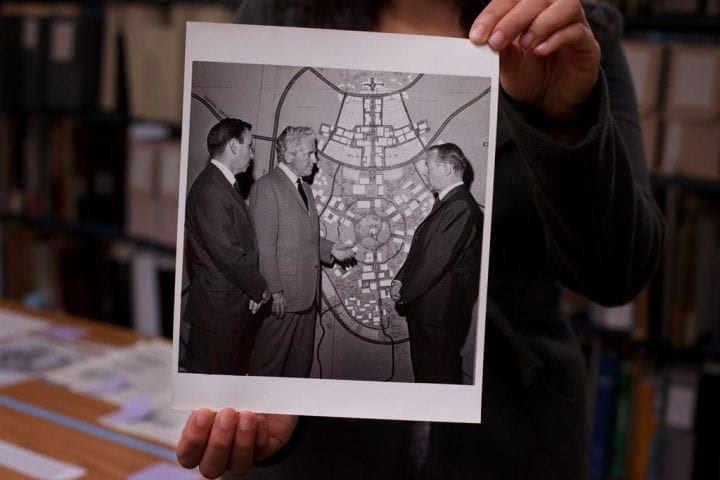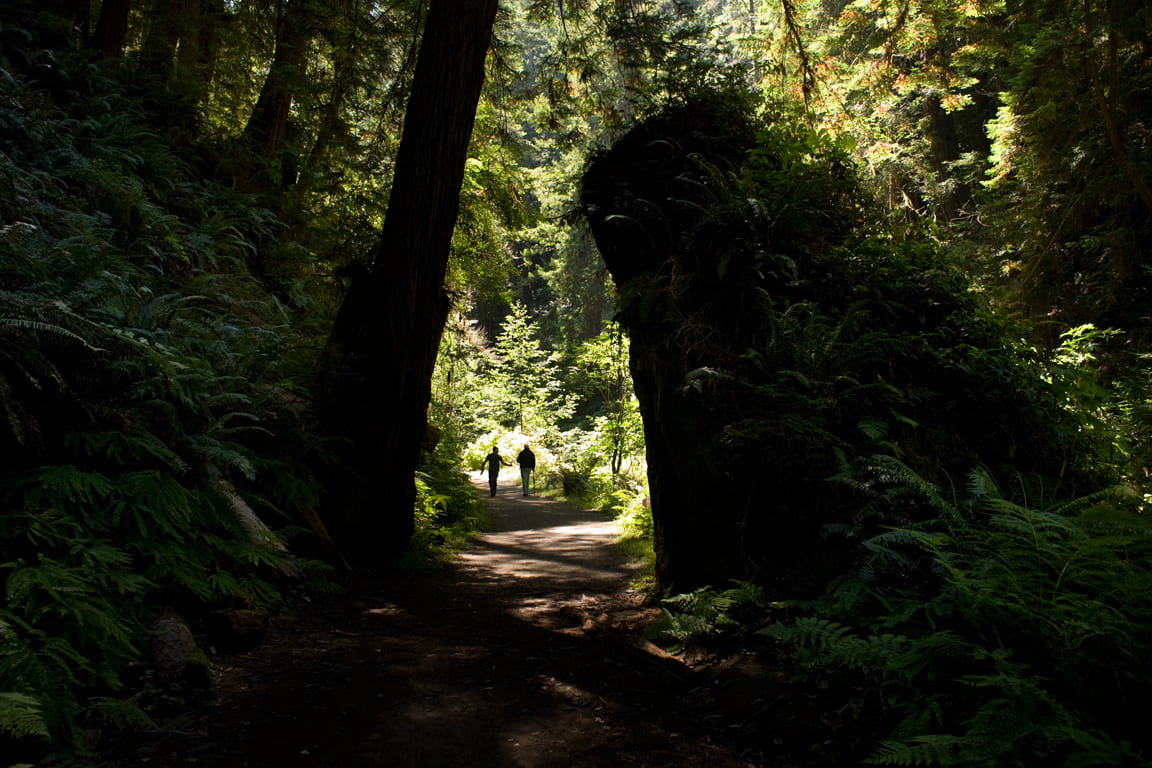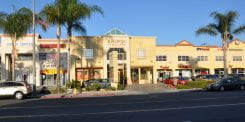Libraries exhibit traces Irvine's evolution
UCI Libraries’ spring exhibit chronicles city’s conversion from farmland to model planned community.

Before Irvine was home to a major research university and a perennial contender for safest city in the U.S., it consisted of little more than lima bean farms and citrus orchards. A new UCI Libraries exhibit traces the city’s transformation from its agricultural roots to a nationally recognized planned community and details the influence of the Irvine Company and UC Irvine.
“Irvine: the Vision, the Plan, the Promise” debuts at Langson Library on Wednesday, May 11, after a 5:30 p.m. talk, “Reflections on Irvine at 40,” by UCI’s interim vice chancellor for university advancement, Daniel G. Aldrich III, and Irvine City Councilman Larry Agran. A special tribute to Ray Watson, the Irvine Company’s first architect and planner – and eventual president, will be made during the program.
Planning for the city and the university began in 1959, when the Irvine Company donated 1,000 acres to the University of California. Architect William Pereira was commissioned to design the campus and create a master plan for the city of Irvine.
The master plan for the university included the development of 10,000 acres of land around it, according to exhibit curator Yvonne Wilson, UCI research librarian for California and Orange County government information.
“In 1959, the area was completely undeveloped, with very few adjacent services,” she says. “Planners needed to bring electricity and water to the residents.”
Irvine became an incorporated city in 1971, thanks to the concerted efforts of community members, the Irvine Company and the university.
“Villages” with names like Turtle Rock and Woodbury, lush parks and a highly regarded school district drew people to the area, as did UCI.
Erit Maor, a second-year graduate student in urban & regional planning, views Irvine as a successful experiment in urban planning. She grew up in the city, attending its public schools and playing in its neighborhood pools and parks.
“I’m really fascinated by how Irvine planners used design to create a sense of place,” Maor says. “Ray Watson paid special attention to human needs and psychology when designing the city.”
She cites the way each residential village has distinct borders and its own community and recreation centers – design elements that promote social cohesion and interaction.
Researchers such as Maor now have access to the professional and personal papers of Watson, who recently donated them to UCI Libraries’ Special Collections & Archives, adding measurably to its regional history trove on Orange County.
The materials include Pereira’s original land-use plans and design guidelines for the city of Irvine.
Maor met Watson while working on her master’s thesis, which explores the psychology of Irvine residents. It was a rare opportunity to speak with one of the city’s surviving founders.
She calls the encounter “a dream come true.” The aspiring city planner and former Irvine Company president discussed, among other topics, how to put research into practice and how to reconcile economic and residential requirements.
“Watson and other Irvine planners balanced the creation of an economically viable community with a university at its center while considering the psychological needs of its residents,” Maor says.
The exhibit runs through October.


